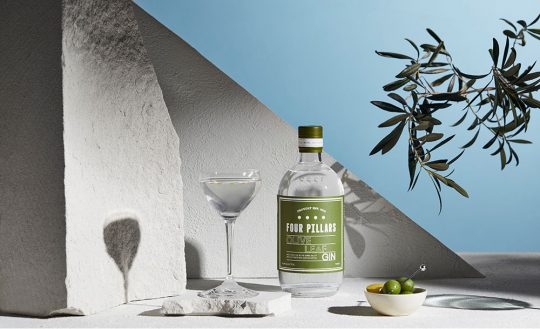There was a time when your run of the mill plain all-purpose flour was a firm fixture in every pantry, without even entertaining an alternative. Now, we see that people are starting to experiment with new flour alternatives, desiring new flavour blends or greater nutritional value. In a world where ‘new’ and ‘natural’ are the buzzwords found on most food packaging, how do you know which flour alternative to use, in what measure, and why this has become such a movement? Let’s get acquainted with flour alternatives and their selling points, and who should be looking to make the change and the ideal recipes that welcome a flour alternative.
A brief look at what makes up flour
Flour is the core ingredient in every household, but many cannot actually articulate what flour is made up of. Flour is a fine powder that is made by grinding roots, raw grains, beans, seeds, nuts and even bones. The core flour types used globally are wheat flour, cornflour and rye flour. Wheat flour is the prevalent flour found and used in most countries, although corn flour is a key ingredient in the Americas and Mesoamerican cuisine, and rye flour is the flour used in central and northern Europe. If you have found that you are intolerant to grain-based food in one country, but can eat it in another continent – you might be consuming a different and more suitable flour type for you.
Most plain flour has been bleached using one of many additives including chlorine dioxide and benzoyl peroxide, although you can find unbleached flour in most supermarkets, although this does not mean that there is necessarily more or less gluten protein added.
What flour alternatives are there?
When we talk about flour alternatives, we don’t mean pastry flour, cake flour, bread flour and self-raising flour. We are talking about the alternative to the grains, roots and other ingredients that have been ground into flour. Some of the more well-known flour alternatives include:
Chickpea flour
his is an incredible flour to use if you are looking for great binding power. For example, chickpea flour is commonly used in Indian dishes where the rich sauces and spices need to coat and stick to the meat and vegetables, although it is also used in desserts and other dishes. It is also high in fibre and naturally a gluten-free flour alternative.
Rice flour
You will find rice flour is used in Asian cooking and is a great thickening agent similar to cornstarch if you are wanting to make your liquid into a fuller sauce. Rice flour is also gluten-free and comes in a white and brown variety, so cook with both to get an understanding of the subtle nuances of both. If you are frying food, your rice flour alternative will give your dish that great crunch we all aim for – yum!
Buckwheat flour
This is your go-to natural gluten-free flour if you are baking, with the nutty and floral flavour adding some flourish to your muffins, pancakes and other baked goods. Buckwheat flour is gluten-free, but this would be one to read the back of the packet as it’s a relatively new flour, and is a popular option for those with milder gluten intolerance. Curiously, buckwheat contains no wheat at all.
Almond flour
If food waste is an issue you are passionate about, you will be pleased to know that most nut flours are made from the dry grains left over after the oil has been extracted from the nuts. You won’t look for an almond flour alternative as it is gluten-free and wheat-free, and can actually be interchanged with any other nut flours you might have, and adds another dimension to baking. If you are losing weight, know that almond flour is higher in calories and healthy fats.
Now, these are the most common flour alternatives but it seems that the sky is the limit when it comes to new flour alternatives. Healthy Being is one of our go-to places to order healthy, natural whole foods and they have a wild selection of flour alternatives including chia flour, green apple flour, hemp flour, apple flour, banana flour, quinoa flour and sweet potato flour. We are slowly making out way through these flours and will report back!
Why are flour alternatives so prevalent?
Approximately 1 in 70 people have coeliac disease, and unfortunately, many of these people go undiagnosed and have just learnt to live with symptoms and discomfort, and either avoid or continue to consume flour. As coeliac awareness continues to grow, so has the range of flour alternatives to accommodate such a large population. It’s not only coeliacs that are seeking flour alternatives, but it is also individuals who have allergies to wheat specifically.
Depending on the flour alternative you choose, you might need to supplement it with another flour. For example, recipes that call for 2 cups of flour might require 1.5 cups of a substantial flour alternative with half a cup of coconut flour or apple flour. These newer style flours don’t necessarily replace flour entirely so you might need to do some experimenting to get the right balance.
If you would like to read more about cooking with all-purpose flour alternatives and self-raising flour alternatives, leave a comment and let us know what you want to hear about next. If you are on board with flour and yeast, you might like to read our recent blog about how to set up a home brewery. or where to find a great Melbourne gluten free bakery.








